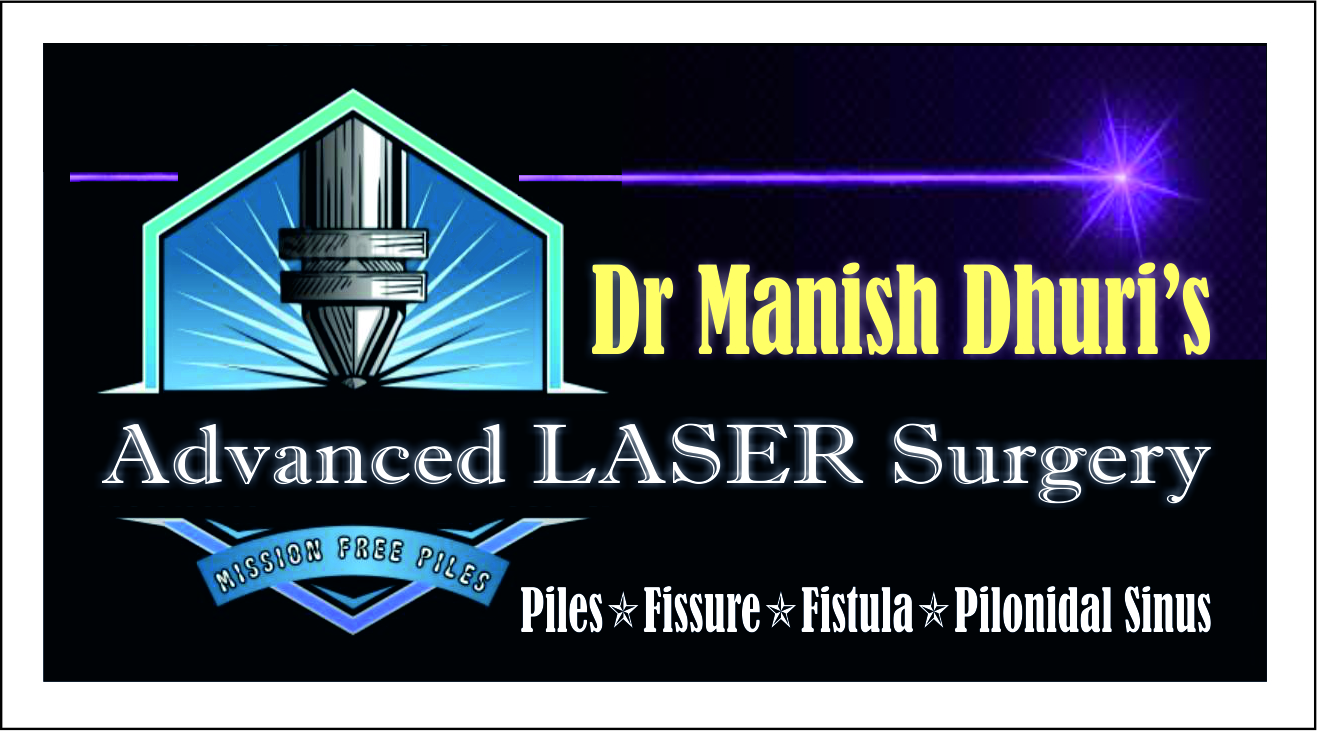INR. 1000 INR. 1200
+918048053868

This is your website preview.
Currently it only shows your basic business info. Start adding relevant business details such as description, images and products or services to gain your customers attention by using Boost 360 android app / iOS App / web portal.
Description
Here's some content related to pilonidal sinus surgeons: *What is a Pilonidal Sinus?* A pilonidal sinus is a type of skin infection that occurs in the cleft between the buttocks, typically near the tailbone. It's a small tunnel or hole in the skin that can become infected and fill with pus. *Causes and Risk Factors* 1. Hair growth: Ingrown hairs or hair that grows back into the skin can cause pilonidal sinuses. 2. Friction: Prolonged sitting or friction in the affected area can contribute to the development of pilonidal sinuses. 3. Poor hygiene: Not keeping the area clean can increase the risk of infection. *Symptoms* 1. Pain or tenderness in the affected area 2. Swelling or redness 3. Pus or discharge from the sinus 4. Bad odor 5. Fever or chills in severe cases *Treatment Options* 1. Surgical excision: Removing the sinus tract and affected tissue. 2. Incision and drainage: Draining the abscess or infected area. 3. Laser treatment: Using laser to remove hair and debris from the sinus tract. 4. Conservative management: Managing symptoms with antibiotics, pain medication, and good hygiene. *What to Expect from a Pilonidal Sinus Surgeon* 1. Accurate diagnosis: A thorough examination and diagnosis to determine the best course of treatment. 2. Personalized treatment plan: A tailored plan to address the individual's specific needs and condition. 3. Minimally invasive procedures: Techniques to minimize scarring and promote faster healing. 4. Post-operative care: Guidance on wound care, pain management, and follow-up appointments. *Tips for Finding a Qualified Pilonidal Sinus Surgeon* 1. Check credentials: Ensure the surgeon is board-certified and experienced in treating pilonidal sinuses. 2. Read reviews: Research online reviews and testimonials from previous patients. 3. Ask questions: Discuss treatment options, risks, and expected outcomes with the surgeon. If you're experiencing symptoms of a pilonidal sinus, feel free to consult with me for proper diagnosis and treatment.

